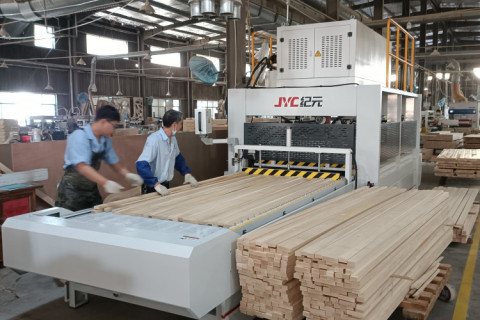
- Home
- >
- News
- >
- Industry News
- >
News
Discover the Game-Changing Technology Transforming Woodworking Efficiency
High Frequency Vacuum (HFV) drying has emerged as a transformative technology in the woodworking industry, offering significant advantages over traditional kiln drying.
In today’s competitive market, these challenges can be a major drag on your bottom line. The solution? High Frequency (HF) Wood Lamination.
In today’s competitive manufacturing landscape, efficiency is no longer a luxury – it’s a necessity.
For decades, certain curved wood designs have remained perennially popular, gracing chairs, tables, and other furniture pieces with their timeless elegance.
The woodworking industry faces increasing pressure to adopt sustainable practices.
This article shifts the focus from the “how” of HF bending to the “why now?” emphasizing its pivotal role in driving a more responsible and forward-thinking woodworking industry.
The prolonged exposure to high temperatures and forced air can lead to a host of undesirable effects, including cracking, warping, discoloration, and uneven moisture content.
The production of high-quality laminated wood panels is a cornerstone of many industries, from furniture manufacturing to construction.
The laminated wood panel industry is constantly seeking ways to improve production efficiency and product quality.












